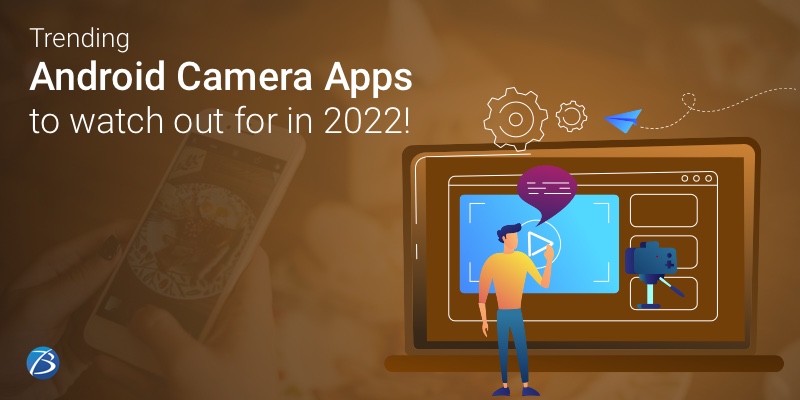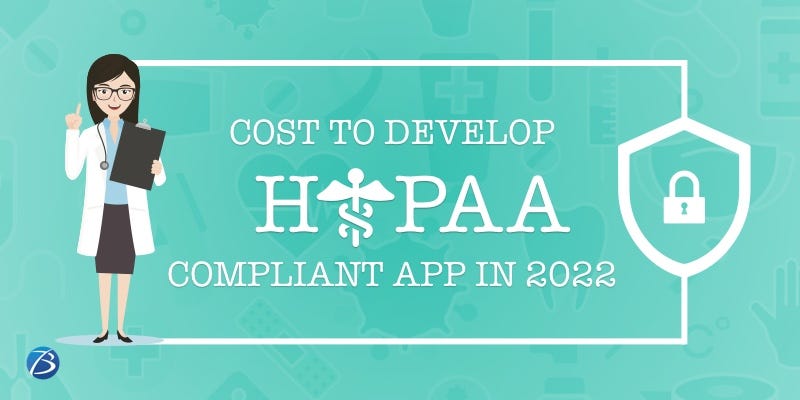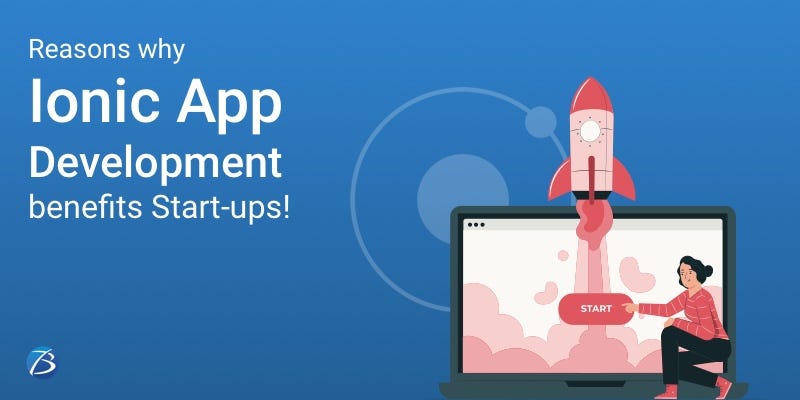
Are you fully satisfied with the performance of your Android device’s in-built camera? Well, for most of us the answer is negative. These days, most of us capture photographs using our smartphones and we require that perfect picture/video that can be posted on social media. And, most built-in cameras of android devices fail to satisfy this user expectation.
Good news! There are a host of incredible camera apps available for Android users that allow you to click captivating pictures like a professional. This post explores the distinct offerings of the most notable photo apps that are trending in 2022!

Pixtica
This is a free multimedia camera app with an intuitive design developed by Perraco Labs. It is ideal for expert photography, video creation, and adding innovation to photos/videos. The app is meant for filmmakers and photographers but can be used by novice photographers as well. Pixtica’s easy-to-use layout enables you to click like a pro even if you are a layman in photography.
The app offers amazing features like hyper-lapse, time-lapse, panoramic capture, slow-motion video recording, designing GIF animations with various capture modes, a huge variety of filters and effects including the bokeh effect, replacing a photo’s background, and scanning documents to PDF/JPEG mode. It also offers excellent manual controls just like the ones found in DSLR cameras – exposure, ISO, focus, balance, and shutter speed.
Cymera
This is one of the most amazing camera apps that comes with seven different varieties of camera lenses, a timer, a stabilizer, and a silent mode that allows users to shoot photographs quietly.
The app can be used for photo editing, beautification, and the addition of fun effects. Users can choose from a plethora of stickers, filters, and special effects, and its photo editor can reshape body structures and even add or remove facial/body features from photos. It also provides a smart gallery, loads of selfie functionalities, MEME editor, fireworks/lights effects, poster tool, collage creator, and a crop tool that helps users create Facebook & Instagram cover and YouTube thumbnails effortlessly.
ProCam X Lite
This app is a lightweight and free version of the popular Android app ProCam X. This happens to be one of the most viable options for mobile users; it offers exciting features like entire manual control on shutter speed, white balance, ISO, various focus modes, etc., various kinds of focus modes like Macro, Manual, Infinity, Locked Focus, etc., and face detection capability. Also, there are twenty options for burst shots and elite features like exposure bracketing & interval shots; these prove handy during stop motion captures and timelapses.
Camera Zoom FX
This camera app is loaded with DSLR functions and allows users to click stable & action shots, apply fascinating filters, and compose photos.
Camera Zoom FX enables users to take RAW captures, integrate various shooting modes, adjust the shutter speed & the focus distance, set ISO, etc. Some of its USPs include HDR mode pro, burst mode, live effects, voice activation capabilities, and Spy camera. However, to avail of all its high-end features, one must download the premium version which costs 3.99 $.
Google Cardboard Camera
This is one of the unique camera apps that provides you the convenience and ease of clicking 3D photos at minimal costs and thereafter, enjoying those clicks in VR. Users can capture 3D photos and then view them on their Android screen or on a virtual reality device for achieving the best results. Mobile app developers have put in a lot of innovation to make this app unique.
Mobile app developers have The VR photo clicking technique is quite similar to clicking panoramic shots using smartphones. One has to hold the mobile device vertically, click the camera button, and then move in a circle. Here, the Google Cardboard Camera allows you to make a 360 degree turn unlike general panoramic pictures, and also records a snippet of sound while clicking photos. The outcome is captivating as you get immersive pictures that possess depth when you view them on Google Cardboard. The objects at a distance appear far while the nearby objects appear near and users can view the captured scene from different directions - front, sides, and even behind their heads.
Open Camera
This is one of the best free and open-source camera apps available for Android devoid of ads and in-app purchases. Moreover, the app is lightweight and consumes less device storage space. What more could the users ask for? The Open camera app caters to Android smartphones and tablets.
The notable features of this app include HD video recording, the ability to geotag photos/videos, HDR, external microphone support, focus & scenes modes, automatic stabilizer, useful remote controls, configurable volume keys, and a dynamic optimization range. Furthermore, its GUI is optimized for right-handed as well as left-handed users with equal levels of perfection.
Candy Camera
This is a free camera app with ads that offer a host of enthralling beauty functions and filters for selfie clicks – various stickers, face slimming modes, makeup tools, light effects, and many more. Users can view effects live before they click a photo and also enhance the picture after capture. App users can click silent snaps/selfies and utilize the collage feature for creating beautiful collages by combining different photographs.
Vector Camera
This is a free and open-source new-age app that offers real-time alienation. This camera app is meant for adding enchanting effects while recording videos and shooting images. The app’s distinct offerings include live vectorization and after-processing vector effects, focussing on flashy coloring effects.
Users can choose from a plethora of real-time effects that can be applied to the primary interface for improving image/video quality. These effects can be further customized by the user; the background color and solid colors. Top-quality pictures can be clicked using the HQ mode.
Vector Camera doesn’t affect your device’s battery life. However, unlike other camera apps, this app cannot be used for shooting regular photos without special effects.
Bacon Camera
This application is immensely helpful when the support for Camera2 API is absent on your Android device. This app is completely free and doesn’t offer any in-app product.
The app comes with an easy-to-use and intuitive user interface. Also, it provides full-scale manual DSLR-like controls such as focus, white balance, exposure compensation, live histogram (Luminance & RGB), semi-manual ISO speed, GIF designing, exposure bracket, etc. without requiring Camera2 API support. Bacon Camera provides support for all types of files including DNG, JPEG, and Bayer RAW.
Camera 360
This is a professional and easy-to-use camera application and one of the best photo editing apps. It is used for selfie retouching and photo editing using stickers, filters, and make-up modes. App users can select from numerous filters, choose how their skin & face looks in photos, and click candy selfies that appear more natural. The app also includes fun-filled elements like animated theme filters and Funny Augmented Reality Strikers.
A unique feature offered by Camera 360 is an Audio camera that allows users to capture standard still photographs with the sound made by the subject.
In Conclusion:
So, aren’t these photo apps remarkable? The craze for downloading high-end camera apps for captures and edits is a trend that’s here to stay. So, it’s a golden opportunity for entrepreneurs to exploit this growing demand by architecting a user-friendly camera app that offers exciting features.
If you would like to hire professional services for camera app development reach out to Biz4Solutions, a prominent mobile app development company that has been delivering world-class apps and software products to global clients for the past 11+ years.











.jpg)
.jpg)
.jpg)